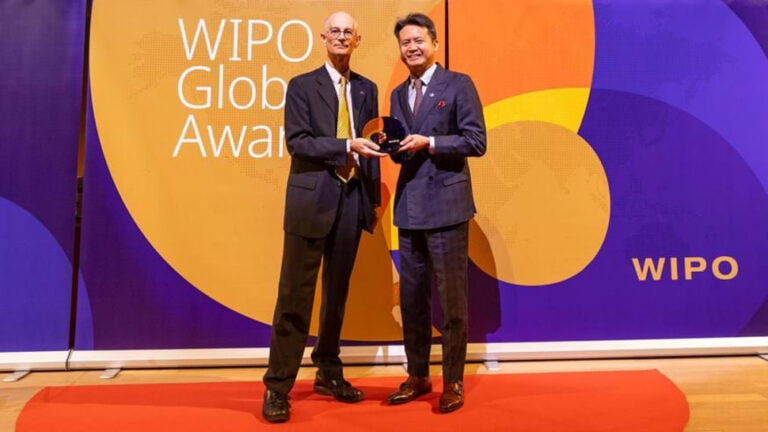Copyright © Photo by UX Indonesia on Unsplash
The impact of large-scale basic science facilities is a key question in science policy. This issue is particularly relevant for institutions such as CERN and other major research infrastructures, where understanding how investments in fundamental science translate into socioeconomic outcomes remains a central concern. A recent study published in the CERN IdeaSquare Journal of Experimental Innovation (CIJ) addresses this question through an analysis of how the ATTRACT initiative has supported early-stage technology development and its potential to generate broader innovation impacts.
This study, conducted by the CASEIA project research team, analyses three projects: OptoGlass3D and Scintiglass, both part of ATTRACT phase 1, and PANDA EMC, a related project outside ATTRACT. OptoGlass3D, led by an industrial consortium, resulted in marketable innovations and further funding through the ATTRACT phase 2. Scintiglass, led by academic institutions and embedded in a research infrastructure context, contributed primarily to knowledge production and skill development. PANDA EMC, functioning as a comparator, similarly focused on scientific advancement rather than commercialisation. These contrasting cases reveal how different institutional settings and leadership structures shape the potential for market-driven outcomes.
The study evaluated six dimensions of impact: serendipity, knowledge spillovers, spin-offs, skills and learning, social structures, and broader socioeconomic contributions. OptoGlass3D demonstrated a significant impact across all dimensions, aligning closely with the ATTRACT model of open innovation, defined as generating outputs that allow for multiple potential applications.
Scintiglass, while technically aligned with ATTRACT’s objectives, had a narrowly defined end-use and thus did not benefit from the same level of downstream innovation or market impact. The PANDA EMC project, which shares institutional and technological characteristics with Scintiglass, demonstrated a similar impact profile, with primary outcomes in knowledge production and skills development. These cases show that projects embedded within research infrastructures tend to align with traditional scientific goals and may not, on their own, transition easily toward commercial impact without targeted mechanisms to support innovation beyond academic environments.
The paper also considers the role of serendipity in innovation, examining whether ATTRACT’s support structure facilitated unexpected but valuable outcomes. While the presence of serendipity was evident in OptoGlass3D through emergent applications and new networks, the paper notes that more extensive data and longitudinal studies are required to confirm whether serendipity can be systematised.
“If we want to make a big impact through innovation, programs like ATTRACT need to focus on projects that can have a wide range of outcomes or help inventors explore new ideas without fixed goals. This means working with people and organisations that are comfortable with taking risks and learning from failures, as discussed in Wallmon’s “Manifesto for Anarchist Innovation”, commented Sonia Utermann, coordinator of CASEIA.
The CASEIA framework, tested through comparative case studies, demonstrated its usefulness in assessing socio-economic impacts at the science-technology interface. The authors suggest that its broader application could support future evaluations and highlight the importance of selecting projects with open outcomes, involving diverse consortia, and integrating tools that foster serendipity and collaborative exploration.
For more information about the study or to access the full paper, please visit here.
Discover more about the CASEIA project here.
Published paper:
Gastrow, M., Utermann, S., Jungstand, A., & Schmoch, U. (2025). Attracting Serendipity: The Impact of Investment at the Science/Technology Interface in Fundamental Physics Research Infrastructures. CERN IdeaSquare Journal of Experimental Innovation, 9(1), 36–41.
DOI: https://doi.org/10.23726/cij.2025.1561


